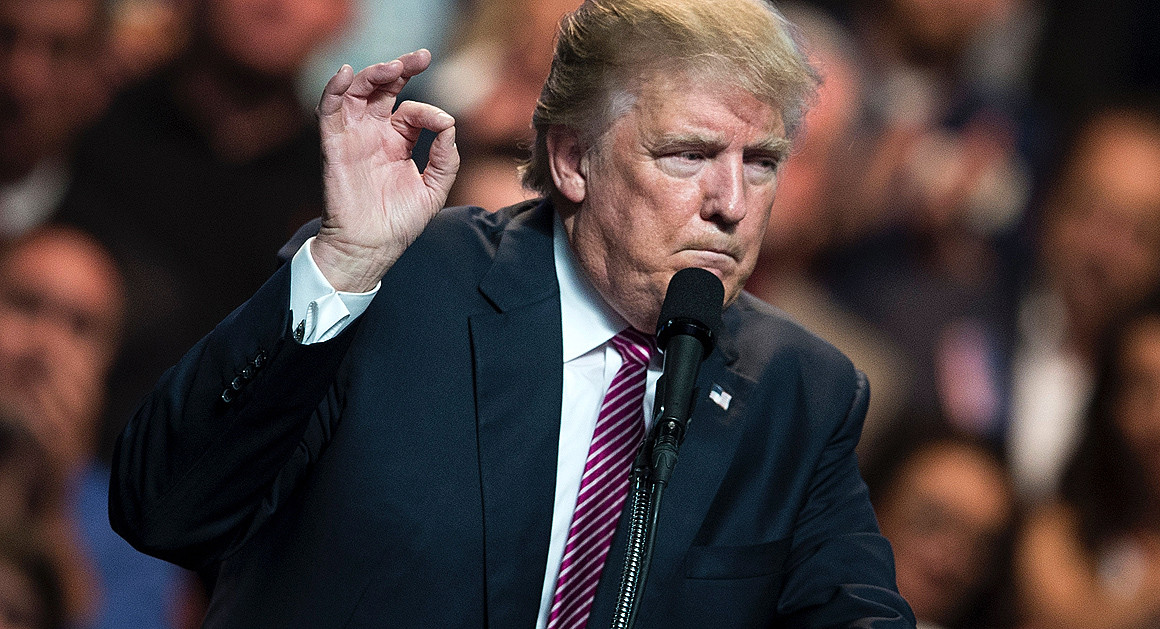Heavy fighting is ongoing in the north of Ethiopia in the Tigray region––one of Ethiopia’s autonomous states––after Prime Minister Abiy Ahmed ordered the deployment of troops to the area and declared a 6-month state of emergency. The leading political party in the region, the Tigray People’s Liberation Front (TPLF) has been accused of attacking the Federal Military Base located there. But the alleged attack on a military base is not the source of tension between Tigray and PM Ahmed.
How Did We Get Here?
In June 2020, the Tigray region defied a ruling by the federal parliament that elections be postponed by a year, and constitutional term limits of public officials are extended. The Tigray leaders deemed the ruling unconstitutional and held their own elections, saying they will not acknowledge PM Ahmed’s leadership beyond the first week of October. In response to their civil disobedience, the federal government declared the new Tigray leadership unlawful and threatened to redirect its budgetary allocation. Since then, tensions between both sides have escalated, leading to the events of November 4.
Why This Matters
Ethiopia’s instability could spill into neighbouring regions like Eritrea which borders Tigray directly and where Abiy managed to broker peace, winning him the Nobel Peace Prize in 2019. Other restive regions surrounding Ethiopia include Somalia, and Sudan where up to 6000 Ethiopians have reportedly gone to seek refuge. The strength of the Tigray security forces raises fears that the conflict will be protracted and can lead to a civil war. Known for its strong military force, the TPLF dominated the country’s military and government before Mr. Ahmed came into office in 2018. The International Crisis Group estimates that the TPLF’s paramilitary force and local militia have some 250,000 troops.
Communications have now been cut off in the region, making it difficult to ascertain the state of things.


